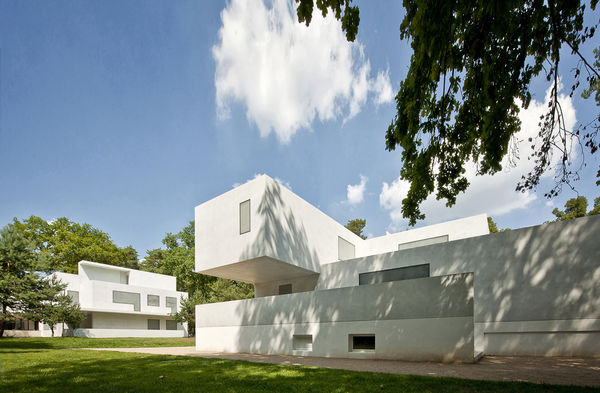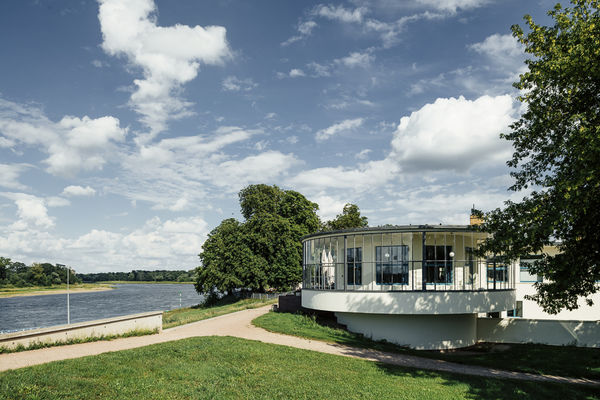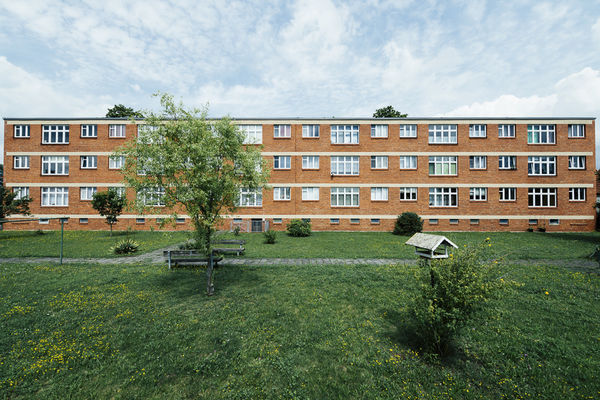Dessau – THE CITY OF BAUHAUS
If today's talk is of classic modernism, nobody can get past Dessau. From 1926 to 1932, the city housed one of the most famous architecture and art schools in the world: the Bauhaus. His reputation did not come by chance: Walter Gropius and Mies van der Rohe succeeded in bringing artists like Paul Klee, Wassily Kandinsky, Lyonel Feininger, Oskar Schlemmer, László Moholy-Nagy, Marcel Breuer and Johannes Itten to Dessau.
BUILDINGS OF BAUHAUS
Walter Gropius, 1919 founder of the Bauhaus and his director until 1928, had the Bauhaus building built in the years 1925/26 as "College of Design". Together with the other Bauhaus buildings in Dessau-Roßlau, the Bauhaus building is today one of the icons of 20th century architecture.
MASTER HOUSES
At the same time as the Bauhaus building, the city of Dessau commissioned Walter Gropius with the construction of three semi-detached houses for the Bauhaus masters and a single house for the director. Together with the Bauhaus building, the master houses were added to the list of world heritage by UNESCO in 1996.
The design of Walter Gropius for the employment office in 1928 was characterized by aspirations for rationalization, as it was already common in the economy at that time. The exceptional floor plan makes the yellow brick-clad steel structure a trend-setting example of functionalist architecture.
The "Sport and Course House" ("SPUK"), formerly the building of the Dessau local health insurance, is a modern building designed by the Dessau architect Erich Kurt Elster and was inaugurated on 21 December 1930. The construction of the steel structure was carried out by the Junkers steel construction.










